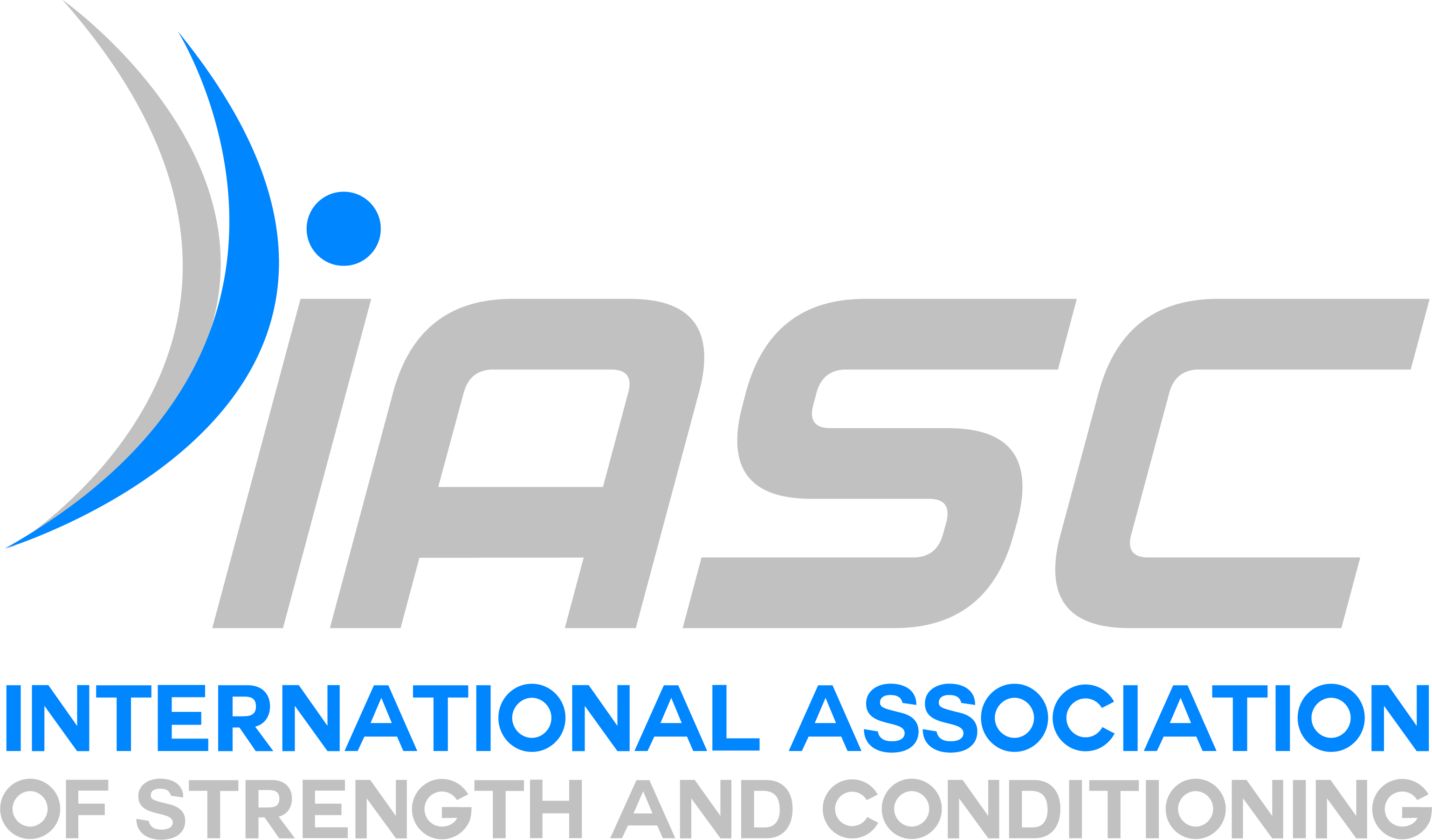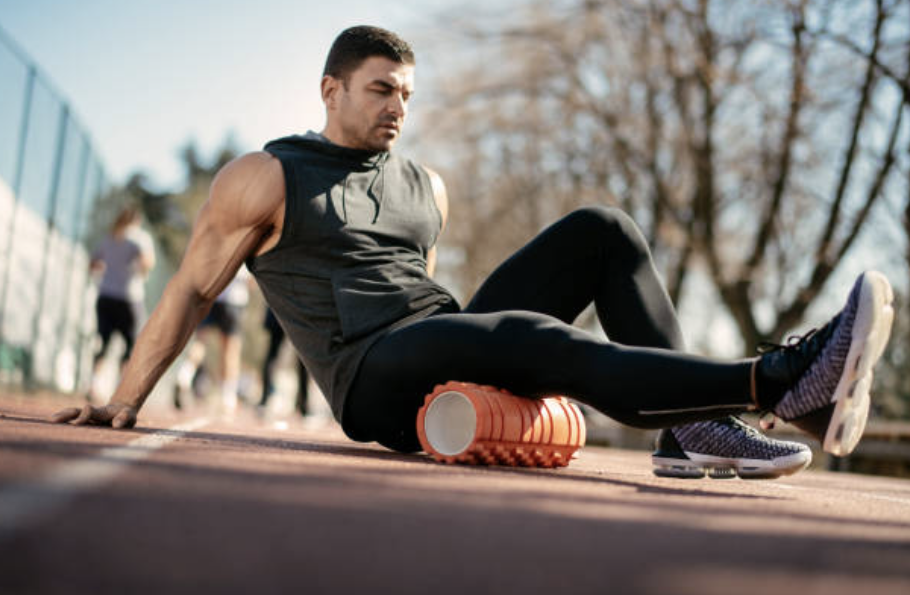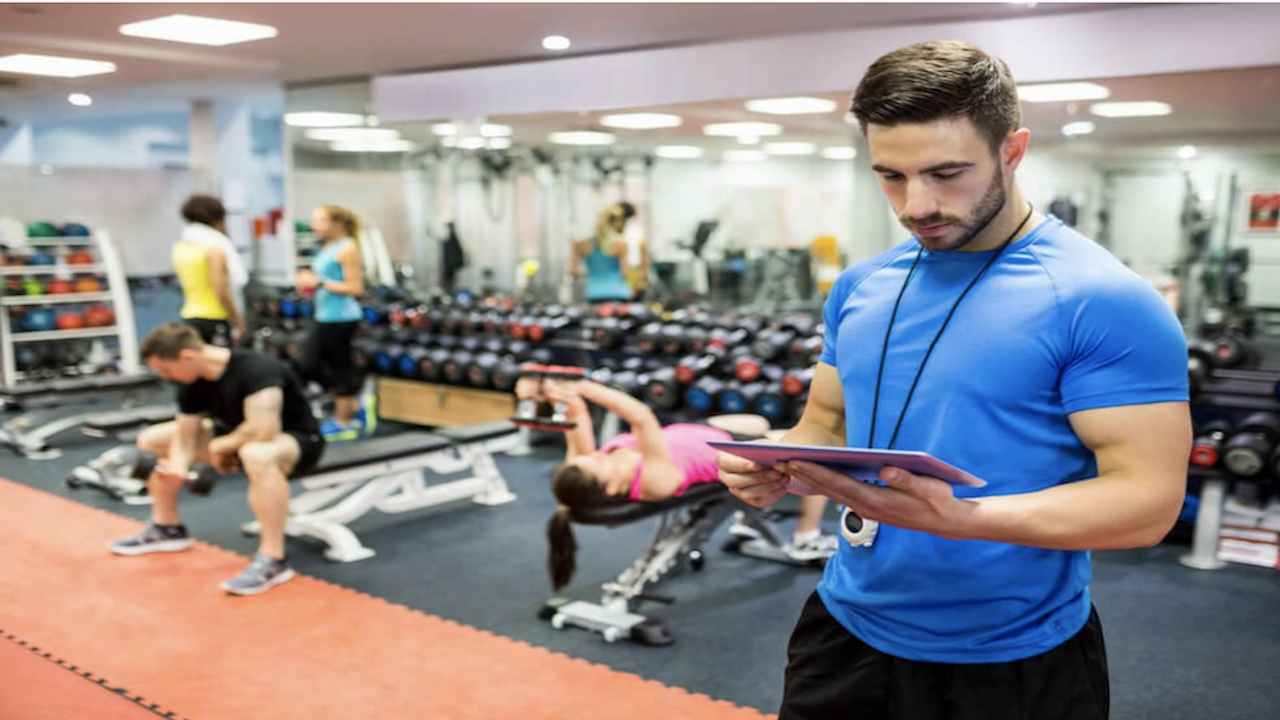Over the past years, foam rolling has become a common practice in all kinds of sports settings and is highly regarded within the strength and conditioning and personal training fields for increasing the efficiency of training or competition preparation and for accelerating post-exercise recovery (Healey et al., 2014; Jones et al., 2015; Monteiro and Neto, 2016). Foam rolling (FR) is a form of self-massage in which the targeted musculature is rolled and compressed utilizing a FR device (Peacock et al., 2014). Common FR tools include the foam roller and various types of roller massage bars/sticks, which come in several sizes and foam densities.
To put it simply, Foam Rolling describes a form of self-massage that uses body weight in conjunction with a device such as a foam roller or roller massager to apply pressure to tight tissues. Foam Rolling is a way to relieve these trigger points. It is a form of massage that you do yourself, that will ease away the pain. It isn’t that different from a classic or sports massage. Most rollers look like bolster pillows that you position under your back or any target area. Then, you roll back and forth over the compressed foam. Keep in mind that it’s natural for your muscles to hurt a little, especially when you first start or use high-density rollers.
Because it stimulates your circulatory system, more blood will reach your muscles, making it easier to use them with less pain. It will also relieve any joint pain or stress. Best of all, it will aid in your muscle recovery. Foam Rolling is a way to ease away your trigger points, and a way to boost your flexibility.
Current literature provides conflicting conclusions regarding the efficacy of Foam rollers on performance. However, several investigations have reported drastic improvements in speed, power, strength, range of motion, agility, and overall muscle soreness in physically active male athletes who foam rolled for 20 min after strenuous DOMS inducing exercise. Some experts say they loosen up the myofascial tissue that wraps around your muscles and other body parts. Others believe that they make positive changes in your central nervous system.
Foam rolling is thought to improve muscular performance and flexibility as well as alleviate muscle fatigue and soreness. For this reason, foam rolling has become a popular intervention in all kinds of sports settings used to increase the efficiency of training or competition preparation as well as to speed post-exercise recovery.
You can buy a roller for about $25 and use it anywhere. That’s handy now if you’ve canceled your usual massage sessions to save money and deal with social distancing concerns.
See what a foam roller can do for you. Read this guide about the benefits of rollers and how to use them safely and effectively.
So When Should A Foam Roller Be Used?
To get the most benefits of your Foam Roller, you should use it before and after your workout. Add it into your warm-up exercises, and your cool-downs, as well.
Benefits of Foam Rollers
Stiff muscles are the most common reason for using rollers, but they can do much more. Regular use may enhance your overall wellness and make your workouts more productive.
Consider these advantages of using foam rollers:
- Reduce discomfort. While more research is needed, several small studies have found that foam rollers reduce muscle soreness and inflammation. Many physical therapists and fitness buffs report positive results.
- Increase flexibility. You can use rollers to extend your range of motion. Making them part of your warm-up can help you stretch further.
- Deal with injuries. Are sore knees and heels interfering with your daily run? A little strategic massage may prevent injuries and help you recover faster.
Tips for Using Foam Rollers
Most healthy adults find it easy to use rollers safely. Still, you’re more likely to get your desired results if you understand your options and take a few simple precautions.
Keep these strategies in mind:
- Choose your style. Take your pick from many different sizes, textures, and levels of density. To make it easier, most manufacturers use color coding with lighter colors for softer rollers and darker callers for firmer models.
- Daily Use. It’s best to add this into a routine. Daily usage is best. This is great for maintaining your muscle health, which will mean less chance of injury and less pain.
- Seek instruction. There are many videos and books to guide you through specific exercises and maintain correct posture. You may also want to work with a trainer or physical therapist.
- Stay on a Trigger Point. If you’ve found a trigger point, stop rolling. Focus on the top of the point, and carefully rock the area. This will cause the point to release, most likely within thirty seconds. If that doesn’t work, continue rolling on and around the area until it does.
- Protect your bones. Remember that you’re rolling your muscles rather than bones or joints. Be careful around vulnerable areas like your lower back and knees.
- Slow down. Take your time and create a smooth rhythm. Pause for about 30 seconds to apply gentle pressure when you find a tight spot.
- Set a timer. Avoid overdoing it. If you’re a beginner, experiment with rolling for a few minutes and work your way up to a maximum of 20 minutes. Take a day or two off in between sessions to give your muscles time to recover.
- Breathe deeply. You can make even greater progress by combining breathing exercises with your rolling. Lengthen your exhalations to help your muscles relax.
- See your doctor. Talk with your doctor about your individual needs. You may need to modify or avoid foam rolling if you have certain conditions, such as osteoporosis or some form of arthritis.
Roll your way to greater comfort, flexibility, and strength. Make foam rollers a regular part of your fitness and self-care routines.
References:
- G.Z. MacDonald, D.C. Button, E.J. Drinkwater, D.G. Behm, Foam rolling as a recovery tool after an intense bout of physical activity, Med Sci Sports Exerc, 46 (1) (2014), pp. 131-142
- G.E. Pearcey, D.J. Bradbury Squires, J. Kawamoto, E.J. Drinkwater, D.G. Behm, D.C.Button, Foam rolling for delayed-onset muscle soreness and recovery of dynamic performance measures, J Athl Train, 50 (1) (2015), pp. 5-13, 10.4085/1062-6050-50.1.01
- A.C. Peacock, D.D. Krein, A.T. Silver, J.G. Sanders, A.K. Von Carlowitz, An acute bout of self-myofascial release in the form of foam rolling improves performance testing, Int J Ex Sci, 7 (3) (2014), pp. 202-211
- Wiewelhove et al. Effects of Foam Rolling







